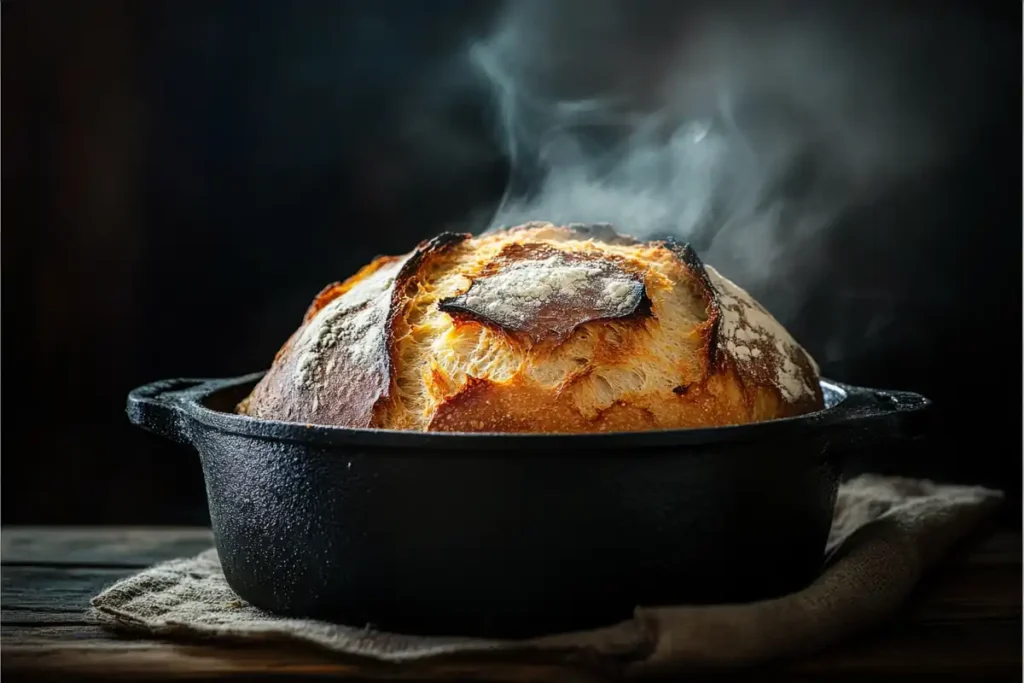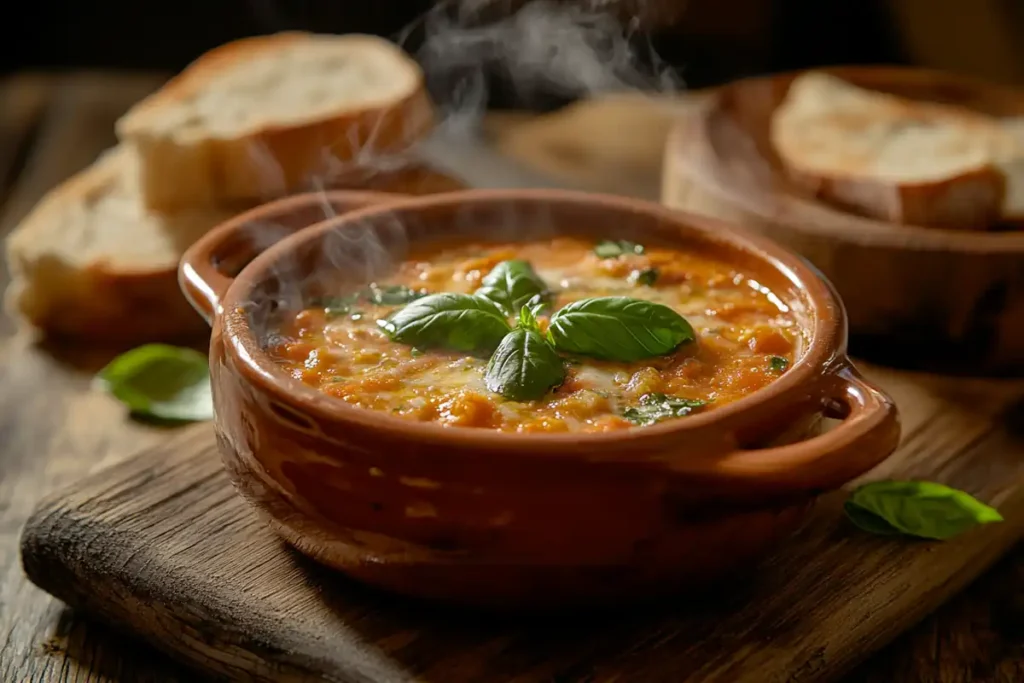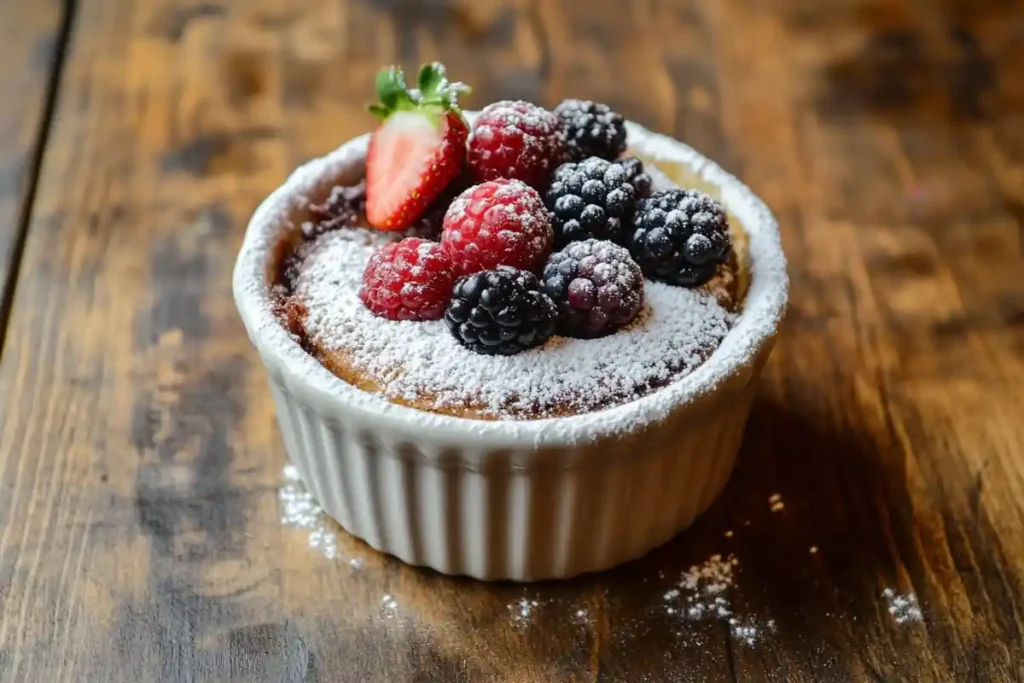When it comes to versatile cookware, the small cocotte reigns supreme. This compact, stylish kitchen tool packs a punch, offering a multitude of uses for home cooks and food enthusiasts alike. But you might be asking yourself, “What is a small cocotte used for?” Whether you’re a passionate baker, a fan of one-pot meals, or simply love beautiful tableware, the small cocotte has something to offer.
In this article, we’ll take a deep dive into the world of small cocottes, exploring their unique features, primary and advanced uses, and the benefits they bring to the kitchen. You’ll discover why this miniature powerhouse deserves a place in your cookware collection. Ready to learn more? Let’s jump into Part 1, where we uncover what exactly a small cocotte is and why it’s a kitchen essential.
Understanding Small Cocottes
What is a Small Cocotte?
A small cocotte is essentially a compact cooking pot with a lid, designed for versatility and elegance. Derived from the French word “cocotte,” meaning a small casserole, it’s traditionally made of durable materials like cast iron or ceramic. These mini pots, typically ranging from 8 ounces to 1 quart in capacity, are perfect for single servings or side dishes.
One of the defining features of small cocottes is their heavy, snug-fitting lids, which trap heat and moisture, ensuring your food is cooked evenly. Originally popularized in French cuisine, cocottes are now a staple in kitchens worldwide, thanks to their functionality and aesthetic appeal.
Common Features of Small Cocottes
What makes small cocottes so special? Let’s break it down:
- Size and Capacity
Small cocottes are compact, making them ideal for individual servings. Whether you’re preparing a comforting bowl of soup or a personal dessert, these pots offer just the right portion size. - Material Choices
Typically crafted from cast iron or ceramic, small cocottes boast excellent heat retention. Cast iron cocottes are perfect for high-heat applications like baking, while ceramic options shine when it comes to more delicate dishes. - Design and Durability
Their timeless design, complete with ergonomic handles and vibrant enamel finishes, isn’t just for show—it’s functional, too. The sturdy build ensures your cocotte will last for years with proper care.
A Glimpse Into the History of Cocottes
Small cocottes have their roots in traditional French cooking. These petite pots were designed to handle both rustic, slow-cooked meals and refined individual servings for dinner parties. Over time, their usefulness extended beyond French borders, making them a beloved tool in kitchens everywhere. Today, they’re a go-to choice for both amateur cooks and seasoned chefs.
Primary Uses of a Small Cocotte
Cooking Applications of Small Cocottes
When it comes to functionality, small cocottes are the definition of versatility. These miniature pots can handle a variety of cooking techniques, making them a valuable tool in your kitchen. Whether you’re baking, roasting, or simmering, their adaptability will leave you wondering how you ever cooked without one.
Baking Bread in a Small Cocotte

One of the most celebrated uses for a small cocotte is baking bread. The even heat distribution and ability to trap steam create the perfect environment for crusty, golden loaves. Picture this: a warm, crusty artisan bread with a soft, airy interior straight from your cocotte. It’s a game-changer!
To bake bread, simply preheat the cocotte, place your dough inside, and let it work its magic. The cocotte replicates the effect of a steam-injected oven, which is critical for achieving that bakery-quality crust. The result? A masterpiece that will rival your favorite bakery.
Soups and Stews

Don’t let the small size fool you—mini cocottes are perfect for hearty soups and stews. Their ability to retain heat makes them ideal for simmering small portions of your favorite comfort food. Whether it’s a creamy tomato soup or a savory beef stew, these pots ensure flavors develop fully. Plus, they look downright charming when brought straight to the table!
Just ladle your ingredients into the cocotte, let it slow-cook to perfection, and serve directly from the pot. Not only does this reduce cleanup, but it also adds a touch of sophistication to your meal presentation.
Side Dishes
Move over, boring casserole dishes! Small cocottes are ideal for side dishes like vegetable gratins, mac and cheese, or roasted Brussels sprouts. Their compact size ensures every portion is piping hot and evenly cooked. Need to keep a side dish warm while preparing the main course? The cocotte’s excellent heat retention has you covered.
The versatility here is remarkable—you can cook and serve from the same pot, saving time and effort without sacrificing style. For a delightful presentation, try serving your side dishes directly from the cocotte to wow your guests.
Serving Applications
Small cocottes are more than just cookware; they’re show-stoppers on the dining table. These petite pots add an element of charm and elegance, making them perfect for serving. Their individual portion sizes make them ideal for:
- Elegant Dinner Parties
Impress your guests by serving individual portions of soup, stew, or pasta in cocottes. The vibrant, enamel-coated designs double as sophisticated tableware. - Family Meals
Whether it’s a casual family dinner or a festive occasion, mini cocottes make any meal feel a little more special. They’re perfect for serving side dishes, desserts, or even condiments.
Small cocottes don’t just perform in the kitchen—they also elevate the way you serve and enjoy your meals. From crusty bread to comforting soups, their versatility truly shines.
Advanced Applications of Small Cocottes
Dessert Creations in Small Cocottes

Small cocottes aren’t just for savory dishes—they’re also the perfect tool for creating stunning, individual-sized desserts. Their ability to evenly distribute heat and maintain consistent temperatures ensures your sweet creations come out perfectly every time.
From decadent chocolate soufflés to fruity cobblers, the possibilities are endless. Imagine serving each guest their own personal dessert, straight from the oven to the table—how charming is that?
- Chocolate Soufflés
These delicate, airy desserts often intimidate even seasoned bakers, but small cocottes make the process simpler. Their thick walls keep the batter at an even temperature, preventing overcooking. Dust the top with powdered sugar or add fresh berries for an elegant finishing touch. - Fruit Cobblers and Crisps
Layer some fresh fruit, a sprinkle of sugar, and your favorite crumble topping in a small cocotte, and bake until golden. The result? A warm, bubbly dessert that’s as satisfying as it is beautiful. - Molten Lava Cakes
Small cocottes are tailor-made for these gooey-centered cakes. The high heat retention helps bake the outer layer while keeping the center deliciously molten. Top it off with a scoop of ice cream for the ultimate indulgence.
Meal Prep and Storage
In addition to cooking and serving, mini cocottes are excellent for meal prep and storage. Thanks to their compact size and durable build, they’re ideal for portioning meals in advance or storing leftovers.
- Meal Prep Made Easy
If you love prepping meals for the week, cocottes are perfect for dividing dishes into manageable servings. Fill each pot with soup, pasta, or casseroles, and store them in the fridge. When you’re ready to eat, you can reheat them directly in the oven or microwave, saving time and dishes. - Stylish Food Storage
Why settle for boring plastic containers when you can store leftovers in a stylish small cocotte? They’re not only functional but also visually appealing, so you can go straight from fridge to table without skipping a beat.
Using Small Cocottes for Cold Dishes
While small cocottes are famous for their heat-retention capabilities, they’re equally impressive for cold dishes. Their ceramic or enamel coating insulates chilled foods, keeping them cool for longer periods.
- Chilled Desserts
Use your cocottes to prepare desserts like panna cotta, mousse, or chilled cheesecake. Pop them in the fridge, and once set, serve them directly from the pot for an effortless yet stunning presentation. - Salads and Appetizers
For gatherings, small cocottes make fantastic serving dishes for cold salads, dips, or spreads. Their individual portions help keep things neat and give everyone their own perfectly presented serving.
Whether you’re whipping up soufflés or prepping meals for the week, small cocottes prove their worth in advanced applications. Their versatility doesn’t stop at the stove—it extends to every corner of your kitchen, even your fridge.
Benefits and Maintenance of Small Cocottes
Advantages of Using a Small Cocotte
If you’re still wondering why small cocottes have become a kitchen essential for chefs and home cooks alike, let’s explore their many benefits. These little pots may be compact, but their functionality and charm are anything but small.
- Exceptional Heat Distribution and Retention
One of the standout features of small cocottes is their ability to evenly distribute and retain heat. Whether you’re slow-cooking a stew or baking a soufflé, these pots ensure consistent cooking results every time. Their heavy lids trap steam and moisture, making them ideal for recipes that require tender, flavorful results. - Durable and Long-Lasting
Made from high-quality materials like cast iron or ceramic, small cocottes are built to last. With proper care, they can remain in your kitchen for decades, looking just as beautiful as the day you bought them. - Stylish Oven-to-Table Serveware
Few cookware items transition as effortlessly from the oven to the dining table as a small cocotte. Their vibrant enamel finishes and elegant designs elevate your presentation, turning any meal into a feast for both the eyes and the palate. - Versatility Across Cooking Methods
Whether you’re baking, roasting, simmering, or serving, small cocottes can do it all. They’re compatible with a variety of heat sources, including ovens, stovetops, and even grills. - Eco-Friendly and Energy Efficient
Because they retain heat so well, small cocottes allow you to cook at lower temperatures, saving energy. Their durable construction also makes them a sustainable choice compared to disposable or lower-quality cookware.
Tips for Caring for Your Small Cocotte
To ensure your small cocotte stays in pristine condition for years to come, it’s essential to follow a few maintenance tips. Proper care not only extends its lifespan but also ensures it continues to perform at its best.
- Cleaning Your Cocotte
Always allow the cocotte to cool completely before cleaning to avoid thermal shock, which can damage the enamel coating. Hand washing with warm soapy water and a soft sponge is recommended to prevent scratching. For stubborn residue, soak the pot in warm water before scrubbing. - Avoid Using Metal Utensils
Metal utensils can scratch the enamel surface of your cocotte. Stick to wooden, silicone, or nylon utensils to preserve its finish. - Prevent Thermal Shock
While small cocottes are incredibly durable, sudden changes in temperature can cause cracks in ceramic or damage to the enamel. Always preheat the oven with the cocotte inside and avoid pouring cold liquids into a hot pot. - Store Properly
When storing, place a soft cloth or paper towel between stacked cocottes to prevent scratching. Ensure the lids are not clamped tightly, as this can trap moisture and cause odors over time.
Small cocottes, when properly cared for, become more than just a piece of cookware—they become a cherished kitchen companion. Their durability, aesthetic appeal, and exceptional performance make them a worthwhile investment for anyone who loves to cook.
FAQs About Small Cocottes
Can small cocottes go in the oven?
Yes, most small cocottes are oven-safe and can withstand high temperatures. Always check the manufacturer’s instructions to confirm.
Can I use a small cocotte on a stovetop?
Yes, cast iron cocottes can be used on most stovetops. Just keep the heat at low to medium to protect the enamel.
What size is a small cocotte?
Typically, a small cocotte ranges from 8 ounces to 1 quart, perfect for individual servings or side dishes.
Can small cocottes be used for desserts?
Absolutely! They’re ideal for desserts like soufflés, cobblers, and molten lava cakes due to their excellent heat retention.

